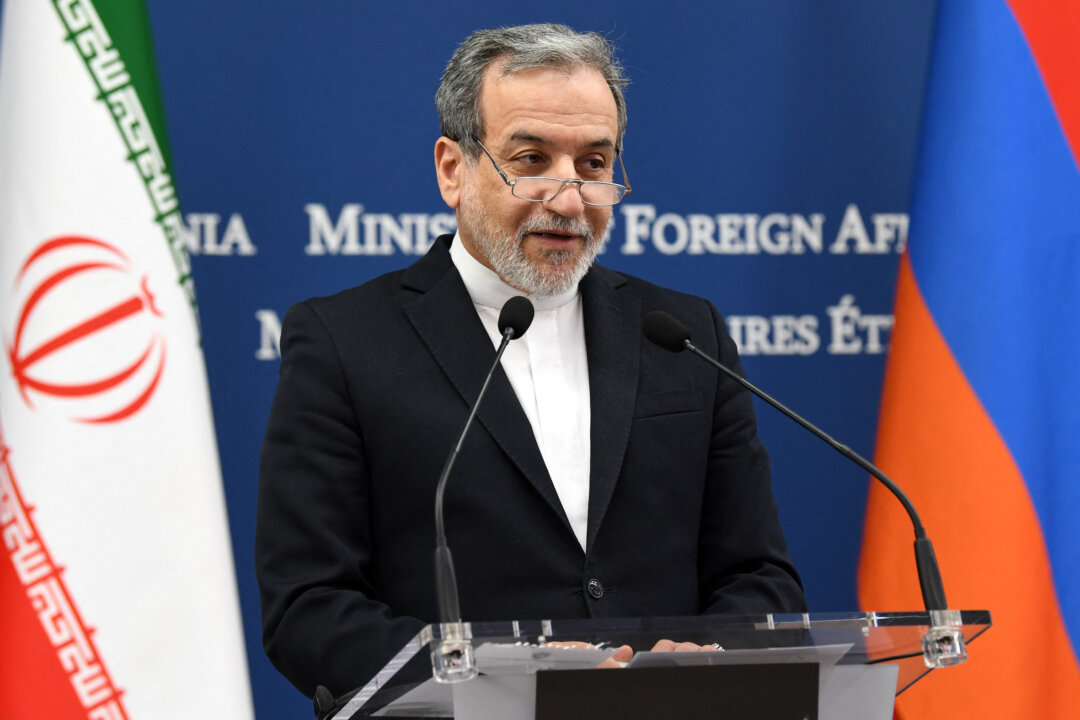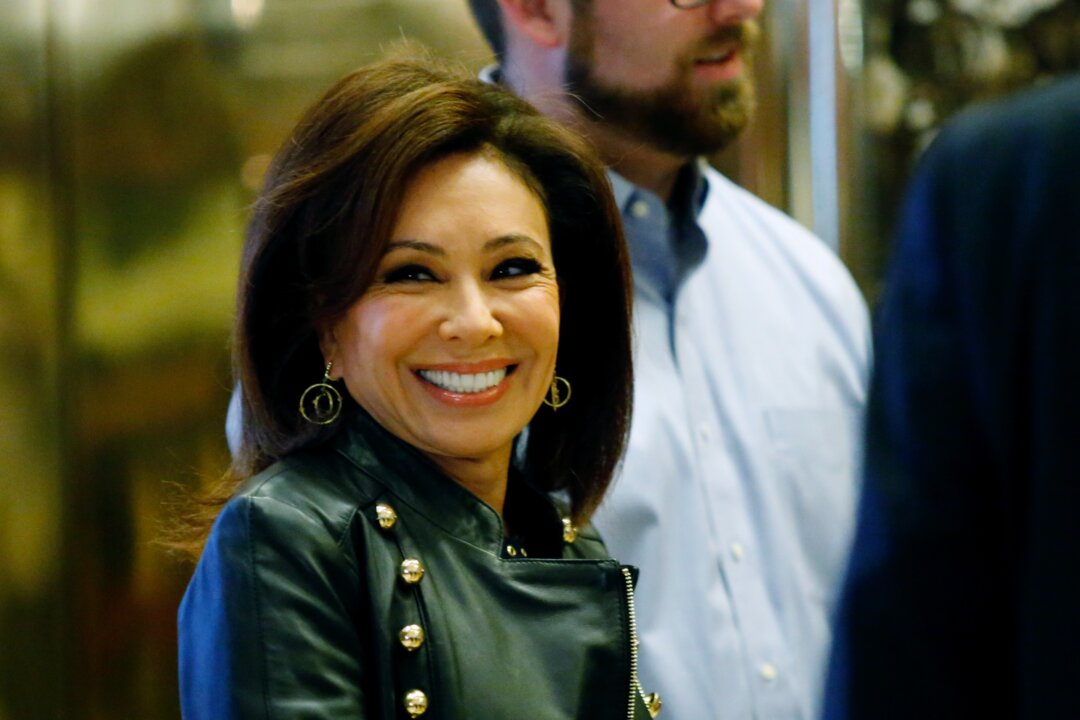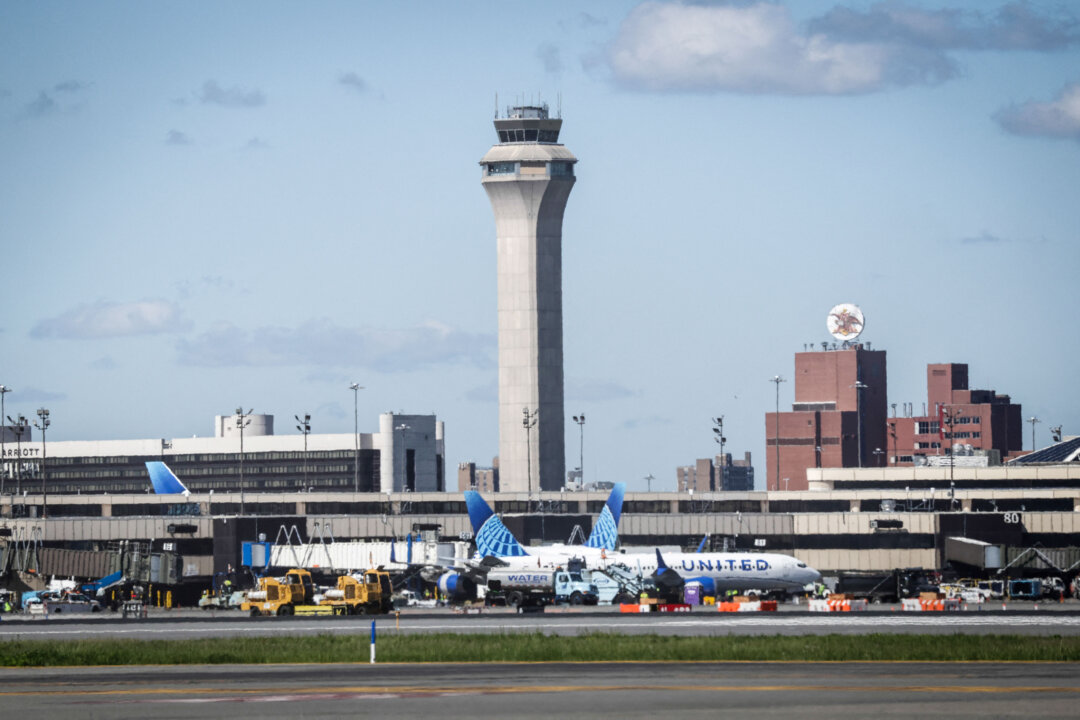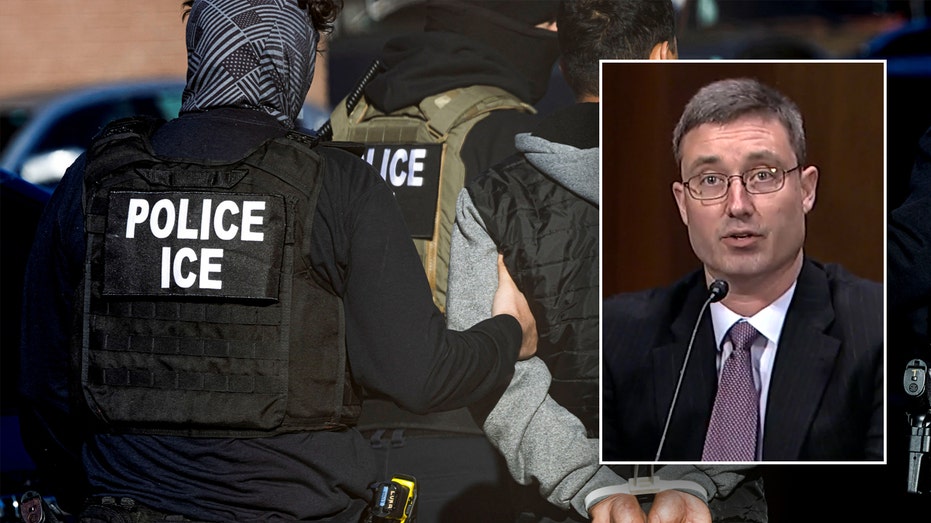There’s a big problem with Donald Trump’s signature plan to create a National Garden of American Heroes. And, for once, it has nothing to do with culture-war bickering about just who should be included in the national statue display.
Instead, artists, curators and critics who have reviewed the recent request for proposals have a more practical worry: America doesn’t have enough quality sculptors or museum-caliber foundries to make this happen on Trump’s speedy timeline.
“It seems completely unworkable,” said Daniel Kunitz, editor of Sculpture magazine.
It’s nothing if not ambitious. The plan is to unveil 250 life-sized statues in time for the nation’s 250th birthday next year on July 4. Having decimated large chunks of the federal arts bureaucracy, the administration has reoriented much of what’s left to the $34 million outdoor park project, a singular Trump goal since his first term.
“It’s going to be something very extraordinary,” Trump told a White House audience in February. “We’re going to produce some of the most beautiful works of art.” According to one of several executive orders on the idea, it’s all meant to “reflect the awesome splendor of our country’s timeless exceptionalism.”
Unfortunately, the schedule all but guarantees something less than awesome, splendid or timeless. And, quite possibly, something less than American, too: The fine print forbids “abstract or modernist” statues, and the biggest collection of artisans and fabricators working in Trump’s preferred old-school realist style turns out to be in China, not the U.S.
“You’d be flooding the capacity of artists in this country who do that kind of stuff, and the capacity of foundries,” said Dylan Farnum, who for years ran the Walla Walla Foundry, a fine-art powerhouse that is one of the best-regarded such facilities in America. “There are places where you can really whip some stuff off. They can do it in China.”
Many U.S. fine-art foundries are booked anywhere from six to 18 months in advance. There also aren’t many of them: The International Sculpture Center’s list numbers 69. Though technology has sped things up — these days, you can 3D-print a model before casting it — faster production often involves partnering with Chinese or other foreign facilities.
At best, such collaborations can lead to a usable statue at a good price. But if the work is slapdash and uninspired, the likeness can feel more like a cheap mannequin than a national monument.
“It doesn’t yield the quality we’re usually looking for,” said Andrew Pharmer, who runs a large fine art foundry in Kingston, New York. “If you’re physically sculpting something you get detail down to the level of a fingerprint. There’s just nothing digital in my experience that can do that.”
One wag likened Trump’s project to a government-run version of Madame Tussaud’s wax museum: Possibly enticing to tourists, but by no means awe-inspiring.
The White House didn’t respond to detailed questions about the schedule or the use of foreign facilities. “The National Garden of American Heroes will be a beautiful monument to the spirit of America,” a spokesperson said.
Even without worrying about trans-Pacific shipping (and new tariffs), the timeline is tight. The feds have yet to assign statues to sculptors. The application deadline is July 1, just 368 days before America’s 250th. Applicants are supposed to pick 10 or 20 names from Trump’s list of historic heroes; the National Endowment for the Humanities will then let winners know who they’re supposed to sculpt. That won’t happen until late September, cutting it still closer. The delivery date is June 1, 2026.
It’s also not clear who will apply. Low opinions of Trump in the artistic community could dissuade some applicants. And while the commissions are $200,000 per statue, it seems less lavish when you consider the costs of casting and base material, which the administration says must be marble, granite, bronze, copper, or brass. (In 2022, Arkansas dedicated $750,000 to create bronze statues of singer Johnny Cash and civil rights hero Daisy Bates for the U.S. Capitol.)
Because many prominent U.S. sculptors don’t do traditional figurative work, the artists vying for commissions may also have less experience in prestige projects. That’s not necessarily a bad thing, especially for traditionalists who hope to elevate artists who deploy classical styles. But it increases the odds of a schedule-busting snafu. “It’s easy to AI-render a Dick Van Dyke sculpture,” Farnum told me. “So much easier than actually getting it done.”
There’s a reason sculpture commissions, even in an age of computer modeling and robotic chiseling, can take years. Particularly when the subjects are deceased, the challenges involve finding an image, creating scale models, sculpting the final mold, casting a life-size statue, and then transporting the very heavy end product and overseeing its installation.
On top of that, public art tends to involve a lot of collaboration and feedback from whoever is commissioning the work — a diplomatic dance that further slows things down. “You put out an RFP and then there’s just a long period working with the institutions,” said Kunitz. “A year is highly unlikely.” It’s hard to imagine a Trump-appointed leadership waiving its right to review whatever some artist cooks up.
The NEH also didn’t respond to a request for comment.
And then there’s the location of the garden: There isn’t one. The plan calls for a suitable space to be identified. That hasn’t happened yet, though the governor of South Dakota has offered a spot in the Black Hills near Mount Rushmore. Assuming the space works, it will still have to be acquired, cleared, and prepared for a vast collection of statues and (they hope) an even more vast collection of visitors.
The shadow of Rushmore would surely suit the politics of the project. First announced amid the protests of 2020, the garden was a neat bit of ideological positioning: Where the left wanted to tear down statues, Trump said, he was celebrating America without apology. His executive order featured a long list of subjects including Patrick Henry, Sojourner Truth, Mark Twain, Eleanor Roosevelt, Muhammad Ali, William Rehnquist, Whitney Houston and Steve Jobs.
Inevitably, the controversial roster of statue subjects has gotten lots of attention. Trump’s list includes a few figures whose records on race made them targets, like Christopher Columbus, Andrew Jackson and John James Audubon. Others sniff that its array of conservative intellectuals (Russell Kirk, Milton Friedman, William F. Buckley Jr., Jeane Kirkpatrick) is more robust than its collection of left-leaning thinkers. And there are also some downright strange choices, such as the Canadian-born Jeopardy host Alex Trebek.
But all too typically for our era of permanent culture war, the political fury has distracted attention from the basic logistics of the plan — and from the question of whether the end product would, as a simple matter of aesthetics, be worthy of a great country.
In the fine-arts world, the answer to that latter question seems to be: Nope. “It doesn’t seem to be very serious,” Kunitz said. “It’s sort of trolling.”
It’s a classic artistic divide for a populist age: Should a project aim for mass appeal, a spot for Instagram selfies and zany poses? Or should it — as conservative cultural critics have long insisted — seek to be a lasting masterwork of civilization?
Trump’s entire career gives a pretty good indication of what his administration’s answer would be, no matter how eloquently they may talk about creating a testament to American greatness.
“It’s a circus mentality, and he’s a showman,” said Ken Lum, a sculptor and University of Pennsylvania professor who has created major public monuments in the naturalist style. Lum says he’s not optimistic about the garden’s political impact, but thinks it could actually be popular if the administration manages to get it done — like a roadside attraction, if not a monument for the ages. “For a lot of people going to Mount Rushmore, there will be public bathrooms and concession stands and souvenirs, and you could have your picture taken with Babe Ruth or MLK or whoever.”
.png)















 English (US)
English (US)